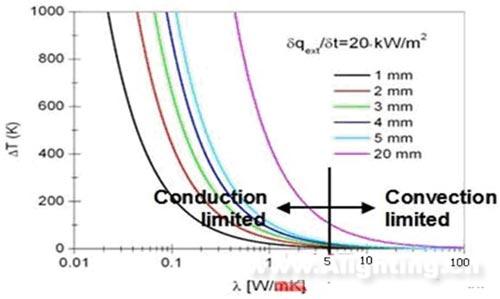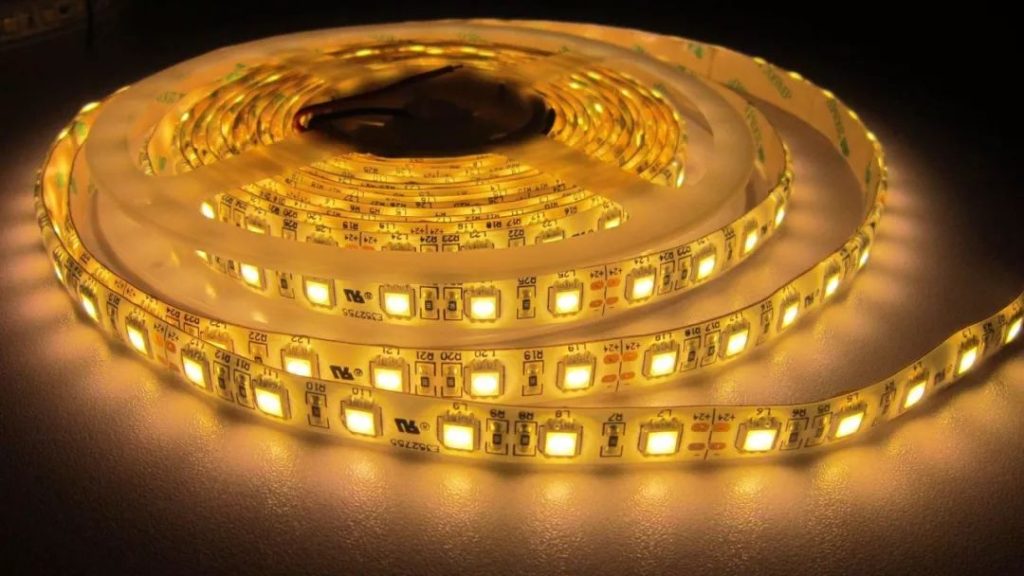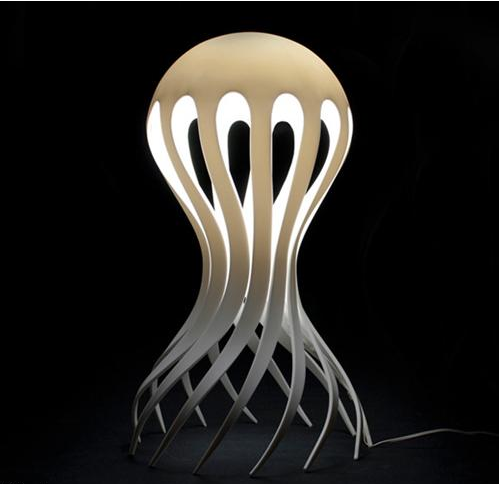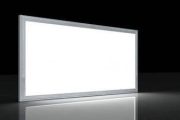Introduction to the Performance of Plastic Radiators
Plastic heat sinks have also attracted attention recently. It stands to reason that materials with good thermal conductivity are usually materials with good electrical conductivity. Conversely, plastics with poor electrical conductivity must have poor thermal conductivity. This is inevitable.
So, obviously metal conducts heat better than plastic. Actually it is. So, is it not that plastic must not be used as a radiator? Not so!
Recently, a variety of thermally conductive plastics have been developed internationally, most of which are based on engineering plastics and general-purpose plastics, such as PP, ABS, PC, PA, LCP, PPS, PEEK, etc. The plastic is then filled with certain metal oxide powders, carbon, fibers or ceramic powders.
For example, mixing polyphenylene sulfide (PPS) with large particles of magnesium oxide (40-325 mesh) can make an insulating thermally conductive plastic. Its typical thermal conductivity range is 1-20 W/m-K, and some grades can reach 100 W/m-K.
This value is about 5-100 times that of conventional plastics. The thermal conductivity of general plastics is only 0.2 W/m-K. However, if too much metal powder is added to obtain high thermal conductivity, it becomes conductive. so that it cannot be applied in some situations.
The properties of some thermally conductive plastics are as follows.
E4505 (PC ): Thermal conductivity 10w/mk Thermally and electrically conductive applications: housings and radiators
D5108 (PPS): Thermal conductivity 10w/mk Thermal Insulation Application: Board/Chip
D5506 (LCP): Thermal conductivity 10w/mk Thermal Insulation Application: Board/Chip
D8102 (TPE): Thermal Conductivity 3w/mk Thermal Insulation Application: Interface
E5101 (PPS): Thermal conductivity 20w/mk Thermally and electrically conductive application: heat sink.
Why Use Plastic as a Heat Sink
So why can thermally conductive plastics be made into radiators? Can its heat dissipation performance be better than that of traditional aluminum radiators? It’s completely OK, or even better! Can you believe it?
We know that any radiator, in addition to being able to quickly conduct heat from the heat source to the surface of the radiator, finally relies on convection and radiation to dissipate the heat into the air. High thermal conductivity only solves the problem of fast heat transfer, while heat dissipation is mainly determined by the ability of heat dissipation area, shape, natural convection and heat radiation. These have little to do with the thermal conductivity of the material. Therefore, as long as there is a certain thermal conductivity, a plastic radiator can still be a good radiator!
Generally speaking, if the distance from the heat source to the surface of the radiator is less than 5mm, then as long as the thermal conductivity is greater than 5, the heat dissipation is dominated by convection. At this time, conduction heat dissipation has no effect. This can be seen from the curve below.
Figure 1. Relationship between thermal conductivity and conduction convection heat dissipation
Figure 1 shows the relationship between thermal conductivity and conduction convection heat dissipation. The abscissa in the figure is the thermal conductivity, and the ordinate is the temperature difference between the heat source and the environment. The various colored curves are the distances between the heat source and the surface of the heat sink. If the distance is less than 5mm (green curve), then as long as the thermal conductivity is greater than 5, its heat dissipation capacity is completely determined by convection. The smaller the temperature difference and the smaller the distance, the less important the thermal conductivity.
The determinant of thermal performance
And for an ideal good radiator, about 70% of the heat is dissipated by convection, and 30% of the heat is dissipated by radiation.
The radiant heat dissipation capacity of thermally conductive plastics is not inferior at all. Below are the thermal emissivity coefficients for various materials.
| Materials | Steel | cast iron | aluminum | copper | black plastic |
| Polished Unoxidized | 0.05-0.1 | 0.3 | 0.02-0.1 | 0.06 | 0.8-0.9 |
| Roughing slightly oxidized | 0.5-0.6 | 0.75 | 0.3-0.4 | 0.5 | |
| Severely oxidized | 0.8-0.95 | 0.8-0.95 | 0.4-0.45 | 0.8 |
Two identically shaped heat sinks, one made of aluminum and one made of thermally conductive plastic. If the radiator made of aluminum is not blackened, its heat dissipation capacity is not as good as that of a radiator made of black thermally conductive plastic. Because the convection heat dissipation of the two is the same, and the radiation heat dissipation is better with plastic.
Advantages of Plastic Thermally Conductive Materials
Compared with the commonly used aluminum heat sinks, there are some other advantages of plastic thermal conductive materials that cannot be ignored.
| Cast aluminum heat sink
|
Thermally conductive engineering plastics | |
| Thermal conductivity | relatively high | lower than metal |
| heat radiation effect | general | pretty good |
| Insulation properties | Not insulated | excellent insulation |
| Processing methods | Die casting, casting, drawing | injection molding |
| How to connect with LED | Mechanical connection, bonding, welding | Mechanical connection, bonding, welding |
| Processing temperature | Ø 500℃ | Ø 250℃ |
| Secondary processing | necessary | unnecessary |
| system cost | Medium | High |
Compared with traditional materials, thermally conductive polymers have higher flexural resistance and tensile stiffness, but poor impact strength, and their inherently low coefficient of thermal expansion can effectively reduce part shrinkage.
In fact, it can be considered that its greatest advantage is insulation. Aluminum heat sinks are often a factor of concern when CE or UL certified for non-isolated power supplies due to their good electrical conductivity. The use of plastic heat sinks can also use non-isolated power without worrying about its safety.
In addition, it is less dense than aluminum. The density of aluminum is 2700kg/m3, while the density of plastic is 1420 kg/m3, which is almost half of that of aluminum. Therefore, for the same shape of the radiator, the weight of the plastic radiator is only 1/2 of that of aluminum. And the processing is simple, and its molding cycle can be shortened by 20-50%. This also reduces cost pressure.
The only disadvantage of plastic radiators is that the unit price is relatively expensive, so it is not suitable for large LED radiators such as LED street lamps at present, but only suitable for indoor low-power LED lamps.







